Abstract: In its 30 Paraguayan Missions known as "Guaraní Reductions", the Society of Jesus worked to promote the introduction of European livestock, farming, and domestication in order to convert tens of thousands of Indigenous people to a sedentary, urban, and Christian way of life. The Guaraní, who were semi-nomadic horticulturists, hunters, fishermen, and gatherers, had their own practices and beliefs deeply connected to the subtropical forests. Relocated to the plains, where cattle and horses roamed freely, they established, under the guidance of the Jesuits, an original hybrid community based on the hunting of these wild herds. This anthropo-zoological revolution is unique both in chronological (1609 to 1768) and demographic terms (with 140,000 Indigenous people and hundreds of thousands of wild, domestic, tamed, or feral animals at the beginning of the 18th century). To retrace this process, the thesis highlights 10,000 pages of Guaraní-language texts written by the Jesuits and the Indigenous people of the missionary golden age (1687-1737). Through a diachronic, quanti-qualitative, and multidisciplinary approach, it aims at determining the extent to which Jesuit pastoralization of the Guaraní and their animals succeeded, at the expense of Indigenous predation, shamanism, and animism, as well as of local wildlife. Juxtaposed with Castilian or Latin sources and contemporary ethnography, these documents reveal the ambiguity of such transition, where American and European references eventually merge into hybrid lexicons, categories, and narratives, but also into new relationships with "missionary animals", understood as genuine agents of the evangelization process. ; En el Paraguay, en sus 30 “Reducciones de guaraníes”, la Compañía de Jesús se dedicó a promover la introducción de los animales europeos, de la ganadería y de la domesticación, para obtener la conversión de decenas de miles de indígenas a un modo de vida sedentario, urbano y cristiano. Horticultores seminómadas, cazadores, pescadores y recolectores, los ...
 Processing Request
Processing Request
 Processing Request
Processing Request


No Comments.